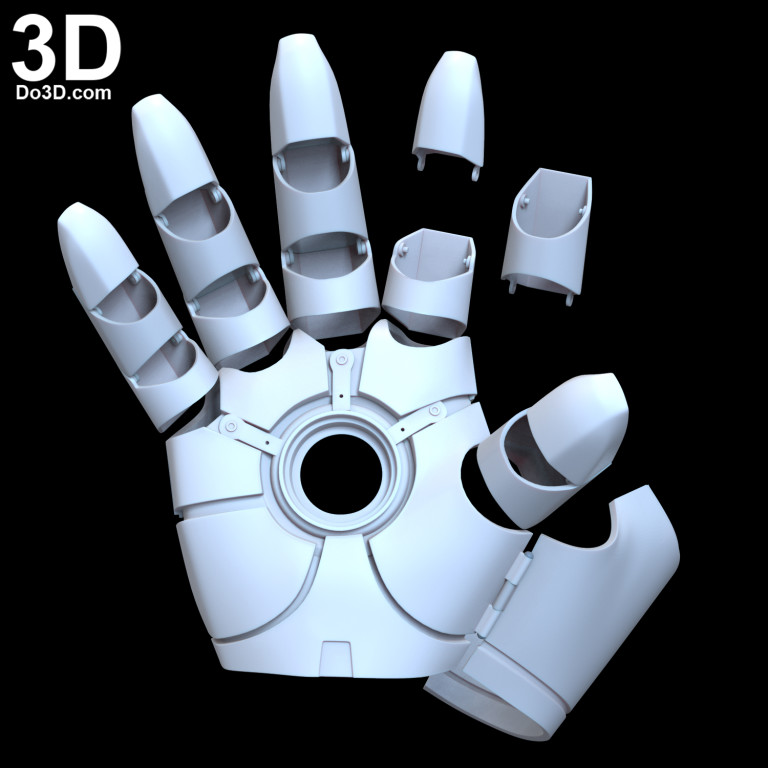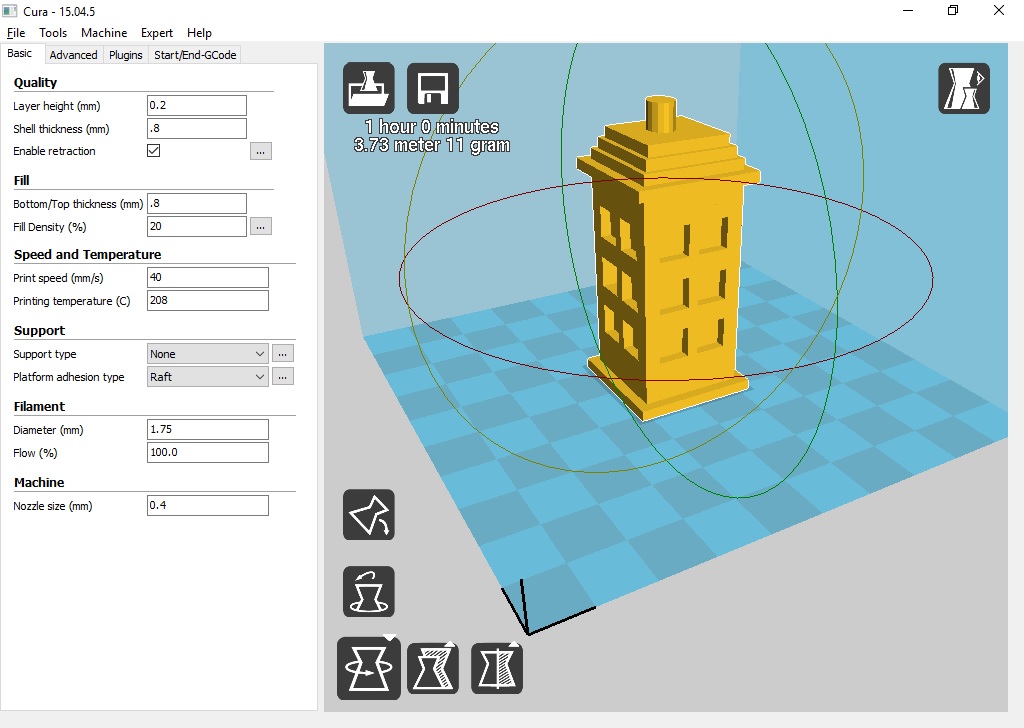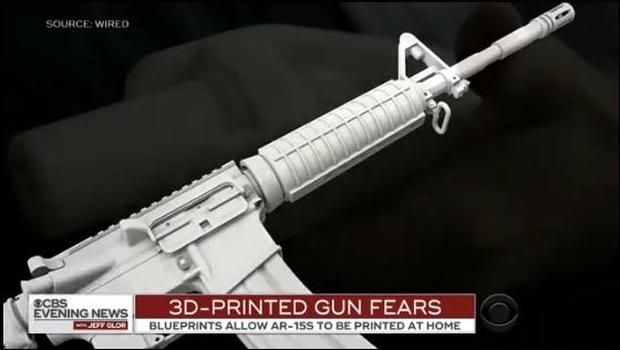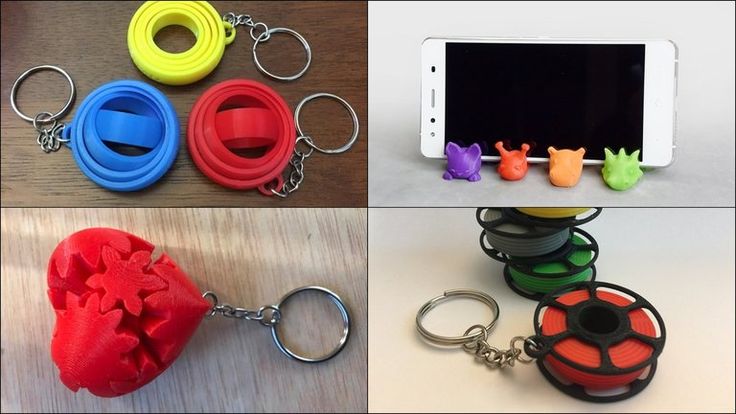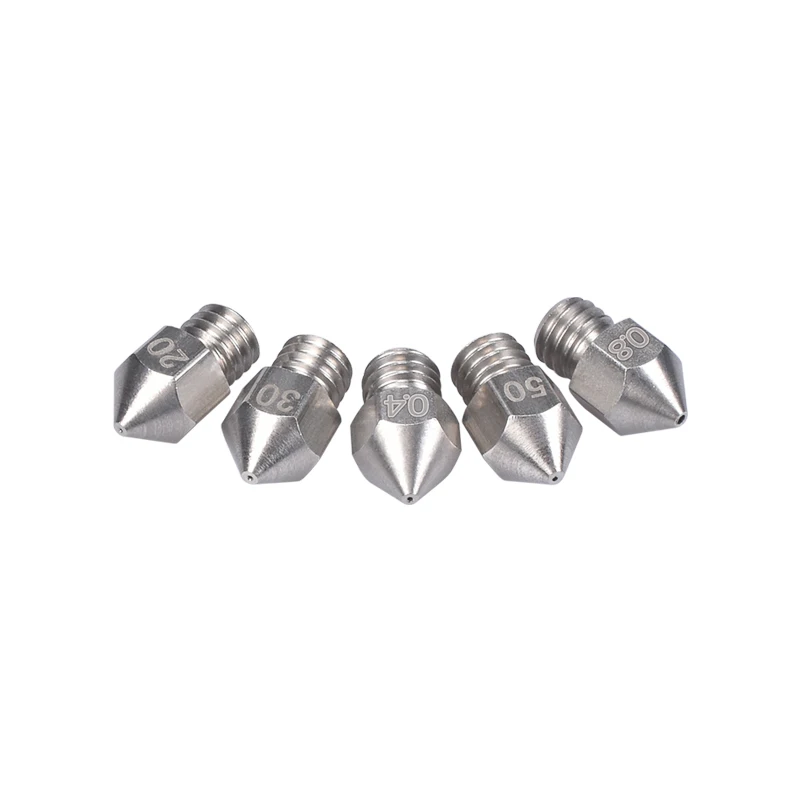3D hair printing
3D Hair Printing Follicles l Hair Growth Advances
Researchers Making Strides Toward Artificially Created Hair Follicles
One of the interesting areas of research in hair transplantation involves the possibility of hair follicles created by a process similar to a 3-D printer. It might sound like science fiction, but two well respected organizations – L’Oréal and Poietis – believe it can be science fact. The two have partnered to explore what they describe as “bioprinting a hair follicle.”
Poietis isn’t a top household brand name like L’Oréal, but it has been involved in game-changing scientific developments in the area of laser-assisted printing to create cell-based objects such as biological tissue. Originally, the concept was being explored to eliminate the necessity to use animals to test products. However, the latest initiative is geared toward people who are seeking help with hair loss.
Here’s how it works:
- A bioprinter bounces a pulsing laser beam off a mirror and through a lens to create a ribbon containing cell-based bio ink.
- The device, which can position cells in 3D with extremely high cellular resolution, on the order of ten microns, repeatedly layers micro-drops of the bio ink.
- Operating at a rate of 10,000 micro-droplets per second, the layers create living biological tissue with cellular viability over 95 percent.
- The living tissue must be matured for around 3 weeks before it can be used in tests.
According to an announcement from the two companies, “This research partnership offers exciting perspectives at a time when conventional tissue engineering technologies remain limited in terms of the complexity of cell patterns.”
They make no secret of their audacious goal, saying, “The combination of this exclusive technology with L’Oréal’s unique expertise in hair biology could make it possible to create a functional follicle capable of producing hair.”
This is not to be confused with producing artificial hair for use in hair pieces or other hair replacement products that are placed on the scalp. The L’Oréal/Poietis partnership is actually aimed at creating a living hair follicle that in concept could be implanted into the scalp just as we do currently with a patient’s own follicles when Dr. Arocha performs a hair transplant.
The L’Oréal/Poietis partnership is actually aimed at creating a living hair follicle that in concept could be implanted into the scalp just as we do currently with a patient’s own follicles when Dr. Arocha performs a hair transplant.
“It’s of the most complex objectives so far of all the bio-printing projects that we have created,” said Poietis Founder and Chief Executive Fabien Guillemot.
Of course, it is essential to recognize that even conventional 3-D printing can be difficult to access and relatively expensive. Like many other scientific advances currently underway in various parts of the globe, this one is likely many years away from having any impact on patients seeking help for their hair loss today. Nonetheless, the team at Arocha Hair Restoration is excited about what it could mean in the next decade.
“This research addresses one of the biggest frustrations in the field of hair restoration: patients who experience the greatest hair loss and have the greatest need for follicles to transplant also have the least number of potential donor follicles,” said Dr. Arocha. “If a bioprinter could produce donor follicles that could be implanted into the scalp of that patient, it would remove the biggest limiting factor for achieving desired density.”
Arocha. “If a bioprinter could produce donor follicles that could be implanted into the scalp of that patient, it would remove the biggest limiting factor for achieving desired density.”
Poietis is among a long list of researchers heavily involved in the bioprinting process. If you are thinking this is just hype, the proof that the practice of bioprinting can work is as plain as the nose on your face – literally. The French company previously created cartilage nearly a half inch wide by a quarter inch thick. It’s the type of tissue that could be used to restore ears, shoulders, knees and even a nose. That process took about 10 minutes in production. They expect that growing hair follicles will be significantly more complex and will therefore take longer.
See video explanation on YouTube:
- https://www.youtube.com/watch?v=mxNs9drZtvM
- https://www.youtube.com/watch?v=qBf-B5N0aAI
Contact Arocha Hair Restoration today for a complimentary consultation.
How to create realistic hair for 3D hair printing
Introduction
3D printing is a very interesting topic for every startup and company, both for the creation of proof of concept, both for very specific unusual parts, such as 3d hair printing.
In our company, we use the 3D printer several times to print the most varied things: we create and print custom cases for boards, joints for robotic parts, humanoid robot parts, gadgets, etc … For example, take a look at our article about an IoT application with a custom case: https://www.makarenalabs.com/nebul-iot-a-simple-embedded-smart-device-for-greenhouse/
We also use different materials for different purposes, for example:
- PETG for strong large models;
- TPU for soft models;
- UV resin for small, extremely precise, and detailed models.
For each model, there is the right material.
We were looking for new printing techniques when we had discover 3D printed models of animals or people with realistic hairs or fur. So, we decided to replicate this type of model and, not finding any tutorial about it, we decided to do it ourselves.
So, we decided to replicate this type of model and, not finding any tutorial about it, we decided to do it ourselves.
Mesh creation for 3d printing
First of all, we need a head or a part of the body to create hair. For the majority of the projects, we use Blender.
The starting mesh must be manifold, with correct normals, avoiding faces without thickness, otherwise, it is impossible or very difficult to print it.
I do not recommend using a particle system and converting it into a mesh (it is extremely heavy) for the construction of the entire mesh.
The starting point to create a solid object that represents hair could be a cylinder, a cube extruded in a single axis, or a similar mesh. To speed up your work you can use a single “hair” mesh to create two hair. Each hair is crafted individually.
A few points of the procedure before we begin talking about the starting mesh (the head to be clear):
– first, the mesh, as I said before, must be manifold
– then, the mesh must need a few supports to be print
– then, the mesh mustn’t have graphic obstacles around the affected area, like ears too massive, hollows or concave areas, etc…
– finally, the base on which rests must be stable.
The hair creation
Let’s begin from the first single hair:
– I recommend you to use, for the mesh, a cylinder shape or parallelepiped shape
– the mesh length will be what you want, but remember that once settled the hair length, it could cover some detail about the head mesh.
– I recommend you a mesh thick about 0.5 millimeters but it depends on how much your printer is able to create thin objects.
For a full head of hair, we use the “spin tool” in edit mode. For example, in our demo model, we have rotated the model in a way that will be horizontal, and in the spin tool settings, we used a dozen steps in the Z axis.
You have to duplicate the hair mesh enough to cover the head.
After that, you have to delete the parts of the mesh that cover the details of the head.
Remember: all of the hair mesh must be horizontal to the head because then we have to create the support for the hair.
in conclusion, you have to use unite all the hair with the head: add a boolean modifier and, with union option, connect the hair to the head.
Supports for 3d printing
we will create some supports that will hold up all of the hair mesh. It’s very easy: you must create a hollow cylinder with a thickness of roughly 2 – 3 millimeters that surrounds the entire structure and encompasses 1-1.5 millimeters of the end of hair mesh.
If you need to print your model with additional supports, you will, unfortunately, do it by hand with Blender.
in conclusion, you have to unite the cylinder with the other mesh.
Hairstyle
To finish your hair head and create a styling, you’ll need to do one of these options:
– A thermo-gun (best choice)
– An hairdryer (safer choice)
– Very hot water (we have never tried it)
Arm yourself with special thermal gloves (don’t do like the video) and an object similar to a hairbrush for combing the hair.
Now, melt slowly the hair (try to not melt the head), make some pauses, and comb continuously the hair to keep the shape.
If you want to use the hot water, put your object in a basin and pour the hot water over the head.
Let me know if you manage to do it!
Enjoy
Not a single hair will fall: how 3D printing helps in the fight against baldness
Trends
TV channel
Pro
Investments
Events
RBC+
New economy
Trends
Real estate
Sport
Style
National projects
City
Crypto
Debating Club
Research
Credit ratings
Franchises
Newspaper
Special projects St.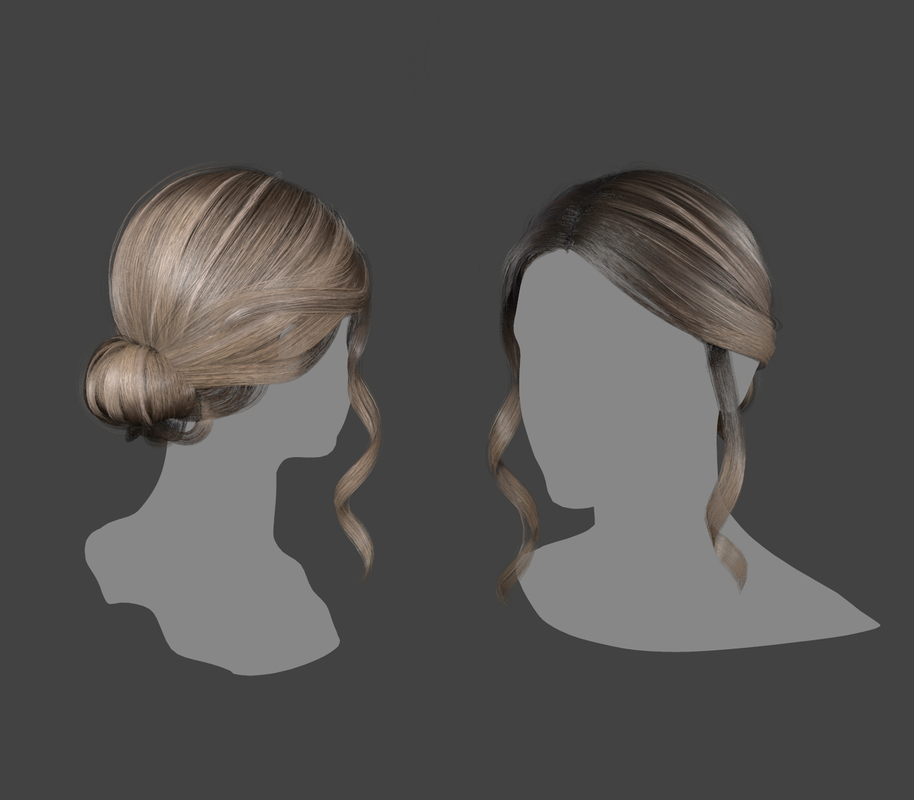 Petersburg
Petersburg
Conferences St. Petersburg
Special projects
Checking counterparties
RBC Library
Podcasts
ESG index
Politics
Economy
Business
Technology and media
Finance
RBC CompanyRBC Life
RBC Trends
Photo: Alec Favale / Unsplash
It seems that a 3D printer can handle any human need: print a new organ, build a house, and even get a thick mop of hair
Scientists from Columbia University have discovered a new way to grow human hair follicles in a Petri dish. The result of the work was published in the journal Nature. The researchers used 3D printing to create a micro-environment similar to natural. The team of researchers put hair follicle cells into the printed wells and then placed on top the cells that make keratin, the protein that makes up hair. Growth stimulants were also added to the wells. Three weeks later, scientists saw the first hair.
The result of the work was published in the journal Nature. The researchers used 3D printing to create a micro-environment similar to natural. The team of researchers put hair follicle cells into the printed wells and then placed on top the cells that make keratin, the protein that makes up hair. Growth stimulants were also added to the wells. Three weeks later, scientists saw the first hair.
How has 3D printing helped? Thanks to her, it was possible to create wells of a special shape in which the follicles took root well. According to scientists, they can now create a network of such hairs and then transplant it onto a patient's head.
Updated on 04/02/2021
Top of the trend
Related materials
3D printing article
Skip to main content
Phones
- Contacts
- Ideas 3D1
- Delivery and payment
- 3D printing
- 3D modeling
- 3D scan
- Call
Home » FAQ
-
Enclosure printing
-
Amazing facts about 3D printing: how tea and beer are related to 3D printing, what dental fillings have to do with it, why hairspray and PVA glue are used in 3D printing.

-
What is 3D printing
-
Jewelry 3d printing and 3d modeling for 3d printing
-
Color 3d printing, two-color 3d printing, full color 3d printing
-
Photopolymer 3d printing, custom 3D printing St. Petersburg
-
3D printing services, custom 3D printing
-
Scanning 3d models and scanning a person with a 3d scanner. Cheap
-
transparent 3d printing and full color 3d printing, 3d printing services
-
Polymer 3d printing and printing on a 3d printer price
-
Printing parts on a 3d printer, industrial 3d printing
-
Modeling for 3D printing, cost of 3D printing
-
3d printing and 3d prototyping courses
-
Types of 3d printing, 3d sand printing
-
3D printer printing figurines, printing 3D models to order.
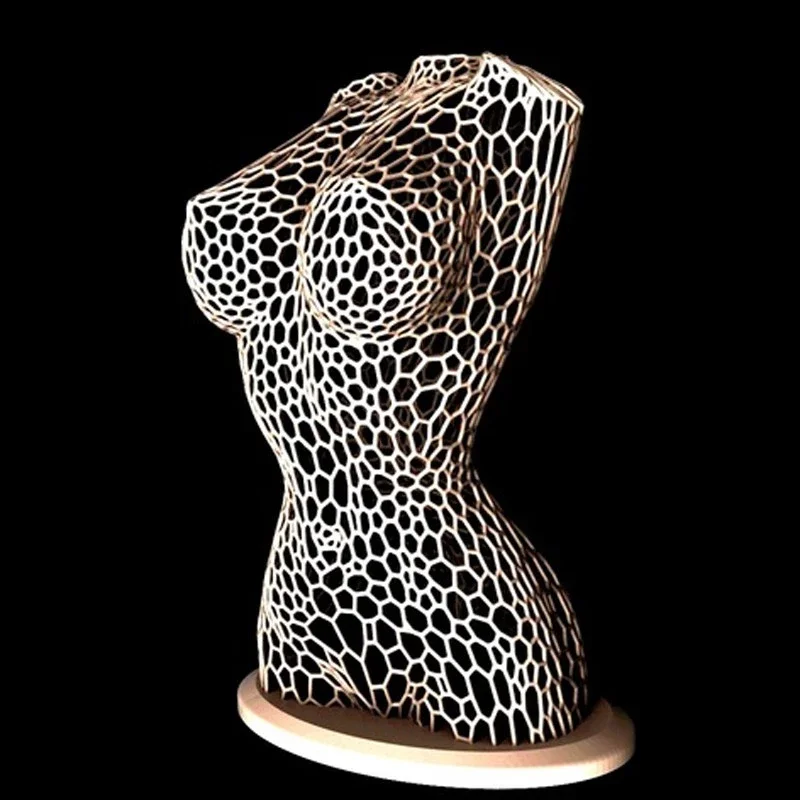 Cheap
Cheap -
3D printing St. Petersburg, 3D printing St. Petersburg. Cheap
-
3D printing polyamide, how much does 3D printing cost
-
3D printing on order, 3D printing on order price
-
3D printing of models and 3D printing of figures of people. Cheap
-
3d printing with photopolymer, 3d printing with pla plastic. Cheap
-
3d printing of figurines in St. Petersburg
-
Silicone 3d printing, custom 3d printing
-
3d printing prototyping, custom 3d printing cost
-
3d printing with polypropylene, cost of 3d printing
-
3d printing of polymers, 3d printing technology
-
3d printing of plastic parts, additive 3d printing technologies
-
3d printing layouts, 3d modeling and prototyping
-
3d printing cheap, 3d printing cheap
-
3d printing plaster, 3d printing calculation
-
3d wax printing, 3d printing price
-
3d printing of auto parts and 3d printing
-
3d printing sla, 3d printing saint petersburg.
 Cheap
Cheap -
3d volume printing, printing on a 3D printer price
-
3d metal printing, 3d printing casting
-
3d printing price, 3d printing services
-
3D printing in St. Petersburg, order 3D printing
-
3D modeling and printing, cost of 3D printing
-
3d printing price, 3d printing price
-
Jewelry 3d printing and 3d modeling for 3d printing
-
3D printing services, custom 3D printing
-
3d scanning services, volumetric printing 3d printing. Cheap
-
3d printing services, scanning with a 3d scanner. Cheap
-
3d printing and 3d scanning studio in St. Petersburg.
-
Scanning 3d models and scanning a person with a 3d scanner. Cheap
-
Scanning 3d models and scanning a person with a 3d scanner.
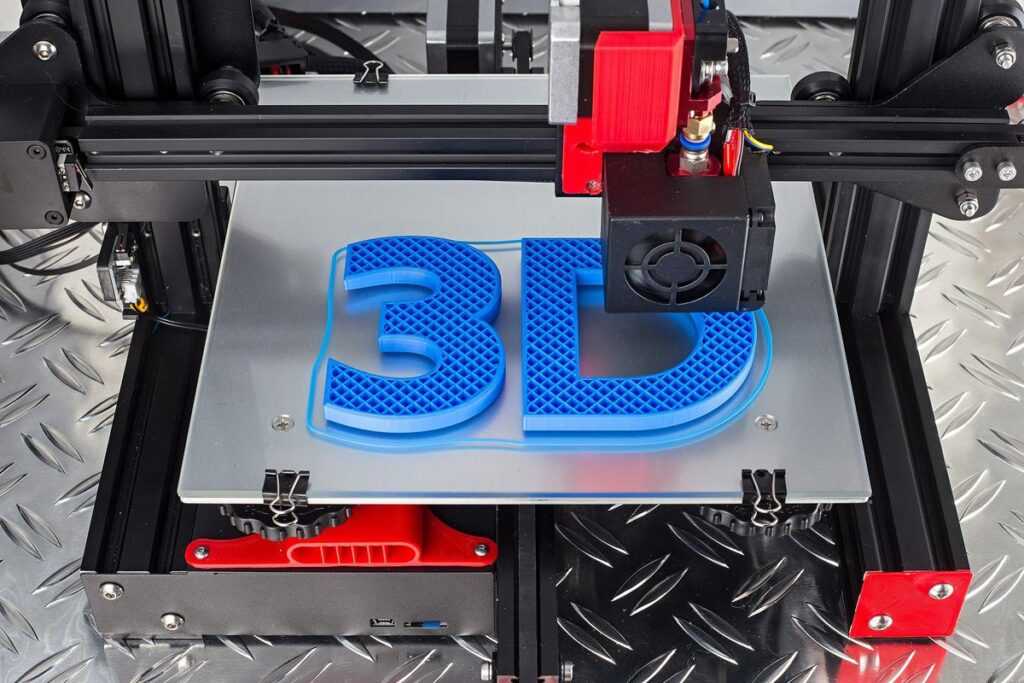 Cheap
Cheap -
3d printing service, cost of printing on a 3d printer
-
3d model prototyping and 3d scanning and printing
-
Parameters of 3d printing and 3d scanning price
-
Modeling for 3D printing, cost of 3D printing
-
Fdm 3d printing, 3d printing problems
-
3D printer printing figurines, printing 3D models to order. Cheap
-
3D printing of models and 3D printing of figures of people. Cheap
-
3d scanning of objects, cost of 3d scanning
-
3d printing with photopolymer, 3d printing with pla plastic. Cheap
-
3d printing of people figurines, order 3d printing. Cheap
-
3d printing prototyping, custom 3d printing cost
-
3d printing production and printing of gears on a 3d printer.

Learn more



